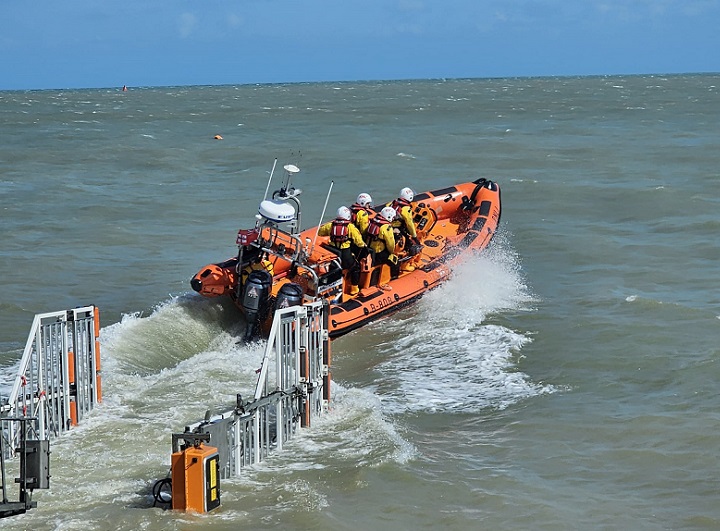
The benefits of research funded by The Road Safety Trust, which has revolutionised the approach emergency services take when responding to motor vehicle collisions, is improving outcomes for casualties well beyond the road safety sphere.
The award-winning EXIT project studied the effect of extrication techniques applied to casualties following road traffic collisions.
It found that the ‘gold standard’ for extrication used since the 1960s – in which patients could remain in the vehicles for on average 30 minutes as slow, careful movements were used to avoid potential spinal injuries – was increasing the rate of death and injury.
Their research recommendation, that self-extrication should be delivered wherever possible with the extrication goal of minimising entrapment time, has now been adopted by emergency services in the UK and further afield.
It has also been added to the course material for the lifeboat medic refresher that RNLI volunteers have to take every three years.
James Evans, founder of Co-Pilot, is also a volunteer lifeboat helm at RNLI Walmer Lifeboat Station. He said: “Over the past couple of decades, crews have been taught various methods aimed at minimising the risks from suspected spinal injuries – including the ‘take down’ where you effectively take a standing person and manhandle them onto a stretcher.
“I’m sure these were considered best practice when they were taught, but in practice, they resulted in huge delays in extracting casualties from perilous situations.
“Therefore, it’s wonderful to see the new guidance that has come from the EXIT project is helping improve outcomes for casualties beyond the road safety sphere.”
Comment on this story